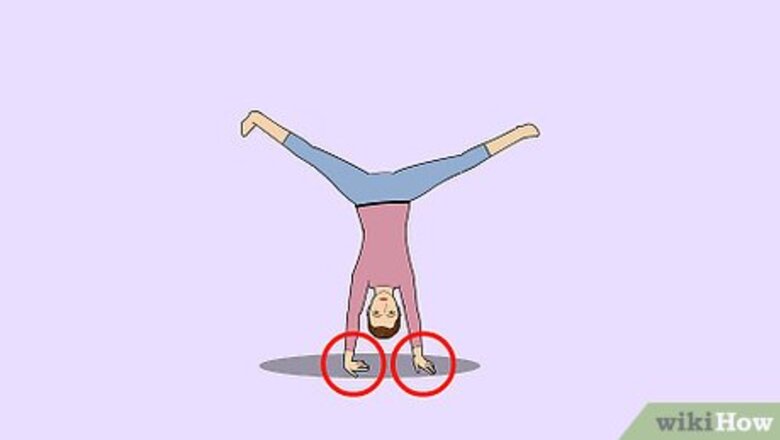
views
X
Research source
Doing a Far-Arm One-Handed Cartwheel
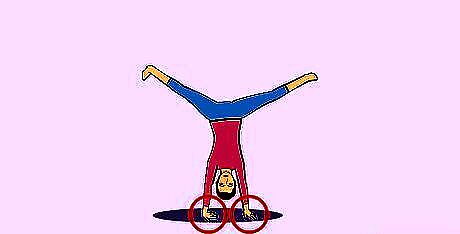
Master the regular cartwheel. Make sure that you can do a regular, two-handed cartwheel really well before moving on to the one-handed cartwheel. Practice doing cartwheels from either your right and left foot, if not both. This will help improve your form, and build up the arm and shoulder strength needed for one-handed cartwheels.
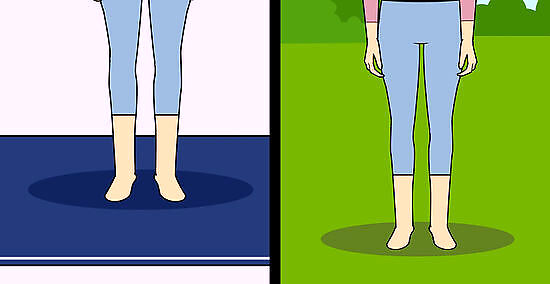
Find a good surface to practice on. You will probably fall a few times on your way to mastering the one-handed cartwheel, so it's a good idea to practice on a soft surface. Use a gym mat if you have one, or find a nice patch of soft grass in a park or your back yard. Make sure you have plenty of room, and won't wind up crashing into any furniture, etc.!
Do some warmup cartwheels. Doing regular cartwheels will remind your body how a cartwheel should feel. A one-handed cartwheel is going to work exactly the same way, you're just going to remove one hand.
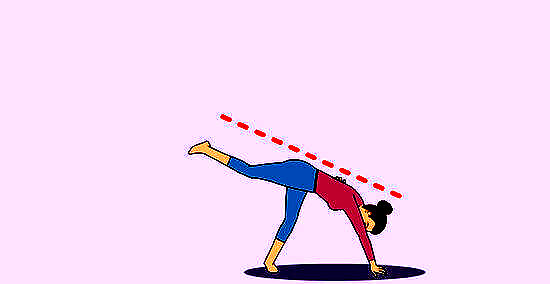
Practice the footwork. Now take a moment and practice the footwork and hand placement you will use to do a one-handed cartwheel in slow motion. This will be just like a two-handed cartwheel, but place your near-arm (the same arm as your lead foot) behind your back, and practice taking the normal first step you would take, and then placing your far-arm down on the ground 12–18 inches (30.5–45.7 cm) from your lead foot and stepping through. Focus on keeping your feet and your hand in a straight line. Do this a few times to help you visualize what it's going to be like. Putting a line of tape on the floor to use as a guideline can really help you keep your cartwheels centered. How far out you place your hand depends on your height and how fast your are moving. It might take some experimentation to find just the right distance.
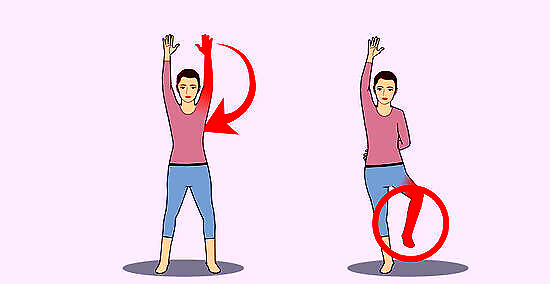
Get into position. Pick your lead foot up slightly off the ground and raise your hands in the air as though you are about to do a regular cartwheel. Now put your near-arm out to the side or behind your back to remind yourself not to use it (if your right foot is forward, put your right hand behind your back). If you are afraid of falling, try just bending your arm a bit, instead of putting it behind your back. This way you're still reminding yourself not to put the hand down, but can catch yourself if you start to fall.

Bend forward and plant your hand. If you are starting on your right foot, place your left hand on the ground. To keep your cartwheel straight, make sure that your hand is planted perpendicular to your direction of travel, and that your fingers are facing in, pointing towards your starting foot, not out. (If you are starting on your right foot, plant your left hand, and make sure that your fingers are pointing left, not right.)
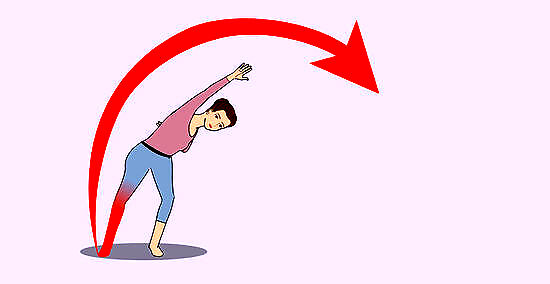
Push off with your back leg and kick your legs up and over. The more momentum you have, the easier the cartwheel will be. Try to push off and land in a straight line.
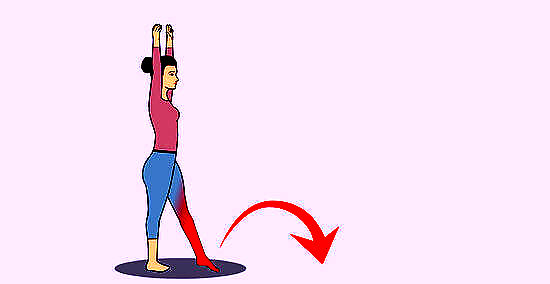
Add some momentum. Doing a one-handed cartwheel is a lot easier when you have some speed built up, so try it a few times slowly to get the motion down, and then add in a run-up or lunge, as you would with a normal cartwheel.
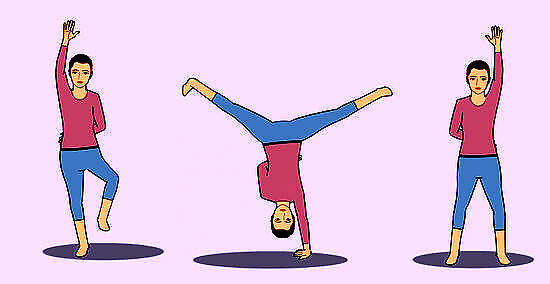
Practice, practice, practice. Keep practicing until your cartwheel feels and looks smooth and easy. Try leading with your left foot and your right until both feel natural. If the far-arm cartwheel seems too intimidating, try doing the near-arm one-handed cartwheel first. Some people find it a lot easier to start with. If you are too nervous about falling to give it your all, ask someone to spot you until you build up more confidence. If your cartwheels tend to go off to one side or the other you may not have your hand positioned correctly, or may not be lining your feet up in a straight line. Ask someone to watch you, and give you tips on your form.
Doing a Near-Arm One-Handed Cartwheel
Master the regular cartwheel and the far-arm one-handed cartwheel. For most people, this cartwheel, which uses the same hand as your lead foot, is less stable and quite a bit trickier than the far-arm one-handed cartwheel. Make sure you have your regular cartwheel down pat, and then try the far-arm one-handed cartwheel first before moving on to this one. Some people find this version of the one-handed cartwheel a lot easier, it really depends. So if the far-arm cartwheel isn't working for you, go ahead and give this one a try.
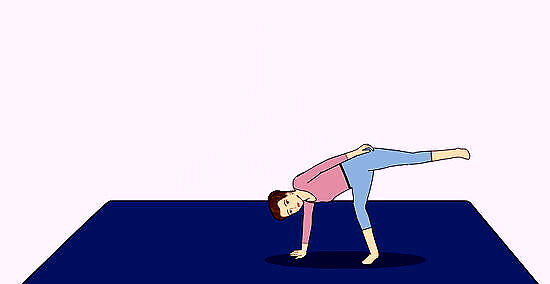
Find a safe spot to practice. You will need plenty of room to practice this cartwheel, and preferably a soft surface to work on, like a gym mat or soft patch of grass.
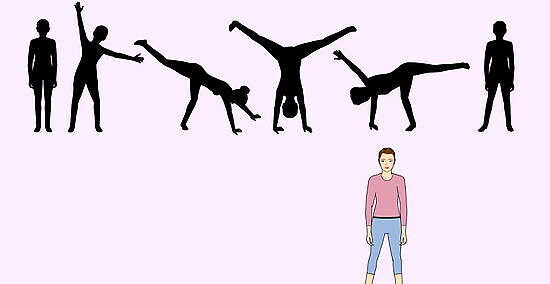
Do some warmup cartwheels. Practice some regular cartwheels to remind yourself how they should feel. Then do a few far-arm one-handed cartwheels, if you already have them down.

Practice the footwork. This will be just like a two-handed cartwheel, but you will only place your lead hand down, about 12–18 inches (30–46 cm) from your lead foot, and then step through. Focus on keeping your feet and your hand in a straight line. Do this slowly a few times to help you visualize what it's going to be like. How far out you place your hand depends on your height and how fast your are moving. Your hand placement for this cartwheel should be a bit closer than it was for the far-hand version. Place a line of tape on the floor, or use a line on a gym mat as a guideline to help keep your cartwheels centered.
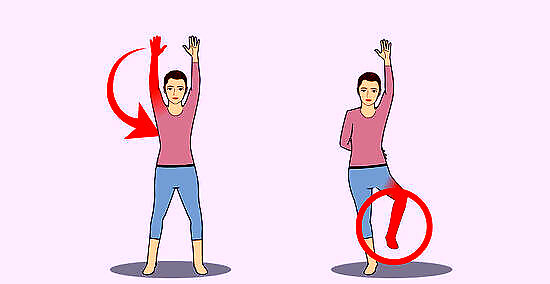
Get into position to do your cartwheel. Pick your lead foot up slightly off the ground and raise your hands in the air, as though you are about to do a regular cartwheel. Now bend your knees and prepare to plant your forward hand on the ground. If you are leading with your right foot, you will plant your right hand.

Bend forward and plant your hand. To keep your cartwheel straight, make sure that your hand is planted perpendicular to your direction of travel, and that your fingers are facing in, pointing towards your opposite foot. So if you are starting on your right foot, plant your right hand so that your fingers are pointing off to the left.
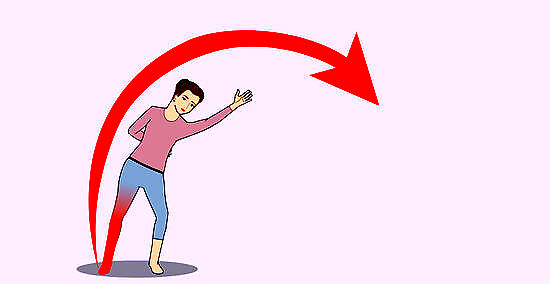
Push off with your back leg and kick your legs up and over. The more momentum you have, the easier the cartwheel will be. Resist the temptation to put your second hand down, and try to push off and land in a straight line.
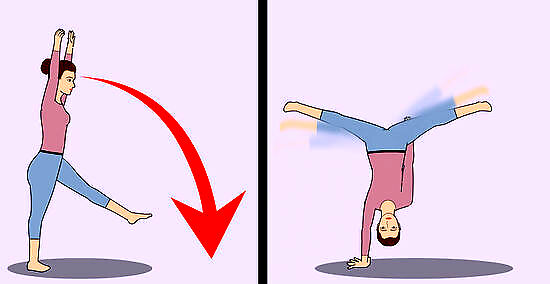
Add some momentum. Doing a one-handed cartwheel is a lot easier when you have some speed built up, so try it a few times slowly to get the motion down, and then add in a run-up or lunge, as you would with a normal cartwheel.
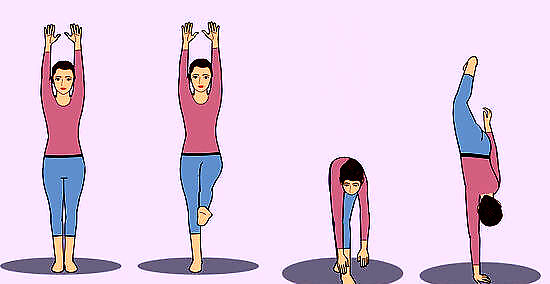
Practice, practice, practice. Keep practicing until your cartwheel feels and looks smooth and easy. Try leading with your left foot and your right. You'll be moving onto aerials in no time! If you are very nervous about falling, ask someone to spot you until you build up more confidence. If your cartwheels tend to go off to one side or the other you may not have your hand positioned correctly, or may not be lining your feet up in a straight line. Ask someone to watch you, and give you tips on your form.

Break it down further. If you just can't shake the temptation to plant your second hand, you can first try doing a two-step regular cartwheel. Do a normal cartwheel, but instead of putting both hands down at the same time, plant your lead hand, pause for a second, then plant the second hand, so the footwork pattern is foot-hand-hand-foot.




















Comments
0 comment